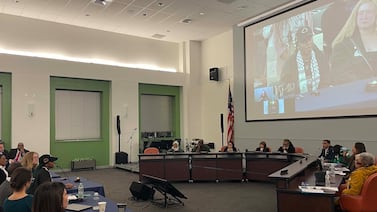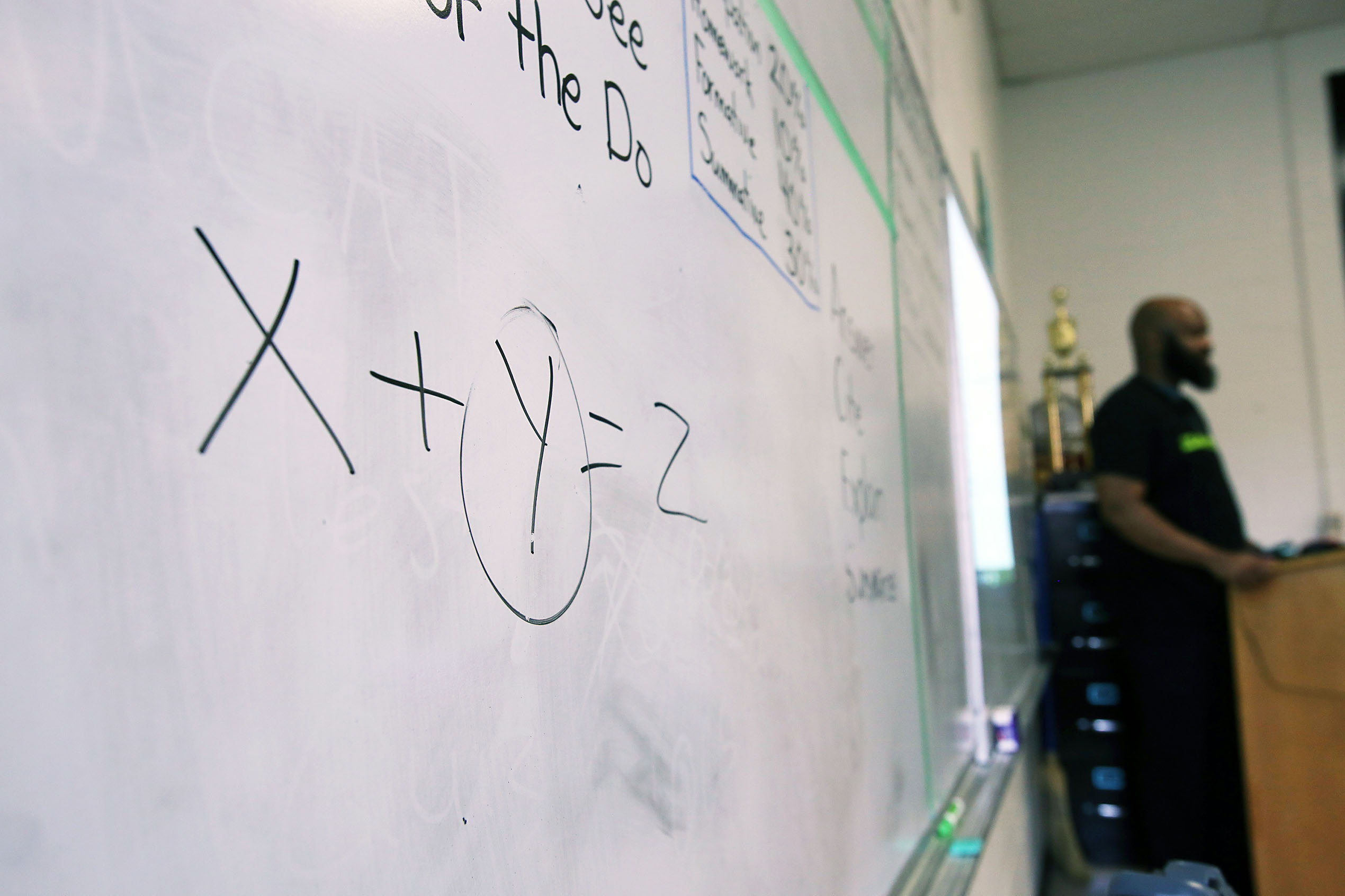Sign up for Chalkbeat Colorado’s free daily newsletter to get the latest reporting from us, plus curated news from other Colorado outlets, delivered to your inbox.
A larger share of Colorado students met or exceeded state standards on math tests in fourth through eighth grade this year compared with 2024. Literacy growth was mostly flat at the elementary level, with bigger gains for middle schoolers.
These findings were among the preliminary CMAS results presented to the State Board of Education Wednesday.
“Math is a pretty exciting story for us to dig into,” Christina Wirth-Hawkins, chief assessment officer for the Colorado Department of Education, told the board Tuesday.
“We see that across the board we are higher than we were pre-pandemic, and so we’re really at a new baseline,” she said.
The preliminary results paint a picture of slow but steady improvement over the last four years — enough to help Colorado students surpass their pre-pandemic performance on eight of 12 core tests in elementary and middle school. On the remaining four tests, the gap between 2019 and 2025 proficiency rates varies. It’s minimal for fifth grade literacy, a bit larger for eighth grade literacy and math, and largest for fourth grade literacy.
Fourth graders who took state tests this spring were preschoolers when the pandemic began.
The new data doesn’t reveal how different student groups — for example, English learners or students with disabilities — fared on state tests or the size of gaps between them. It also doesn’t include district or school level results. That data will come out in August.
The preliminary results show improvements in science, especially for eighth graders whose proficiency rates jumped to 36%, up four percentage points from 2024. Students take state science tests in three grades: fifth, eighth, and 11th. Participation is particularly low for 11th graders, with only half opting to take the test.
Participation on the PSAT and SAT, the other state tests given at the high school, is much higher — generally about 85%.
After a couple board members asked about the participation disparity between science and the other tests, Wirth-Hawkins said students tend to see the PSAT and SAT as more relevant because the exams help with college entrance. The science test, which is required by both the federal and state governments, feels less relevant, she said.
In general, preliminary 2025 PSAT and SAT results were a mixed bag. On the plus side, a larger share of 11th graders were proficient on the reading and writing section of the SAT — nearly 62%, compared to about 58% in 2024. That bump represents a rebound from last year, when scores dipped with the move to an all-digital test.
Besides switching to a computer-based format in 2024, the testing time was shortened and reading passages were shortened to one paragraph, with more passages and only one question per passage.The new test also was adaptive, which means that based on how students do on the first section, they get either an easier or harder second section.
Colorado 11th -graders also did a bit better on the math portion of the SAT this year, but they’re still lagging behind their proficiency rates from 2023 prior to the all-digital test. Statewide, only about one-third of students met or exceeded expectations in math, according to the preliminary data.
Ninth graders, who take the PSAT 9, did about the same on the reading and writing portion of the test compared with last year, and worse on the math portion. Only 38% scores proficient in math in 2025, a 12 percentage point difference compared with pre-pandemic scores.
The news is a bit better for 10th graders in math: Proficiency rates jumped by 2.5 percentage points. That’s still below what students achieved pre-pandemic, but the gap is narrowing. Meanwhile, the gap reopened for 10th graders on the reading and writing section of the PSAT 10. It had disappeared last year, but returned as proficiency rates dropped to 63.5% compared with 66% last year.
Ann Schimke is a senior reporter at Chalkbeat, covering early childhood issues and early literacy. Contact Ann at aschimke@chalkbeat.org.







